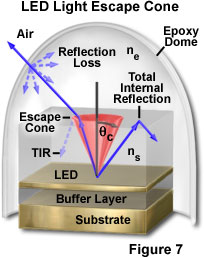- Tue Aug 15, 2006 9:01 am
#178206
Thanks Stu, ...
By the way, .....that's just the word I've been looking for, ....'collecting'.
.....didn't know what to call that property.
Well, ...it is collecting, ...but based on the reference photos --- it should also be evident in the middle areas.
....it's definitely the crux to this one.
C.
By the way, .....that's just the word I've been looking for, ....'collecting'.
.....didn't know what to call that property.
Well, ...it is collecting, ...but based on the reference photos --- it should also be evident in the middle areas.
....it's definitely the crux to this one.
C.
Fall WinterSpringSummer











